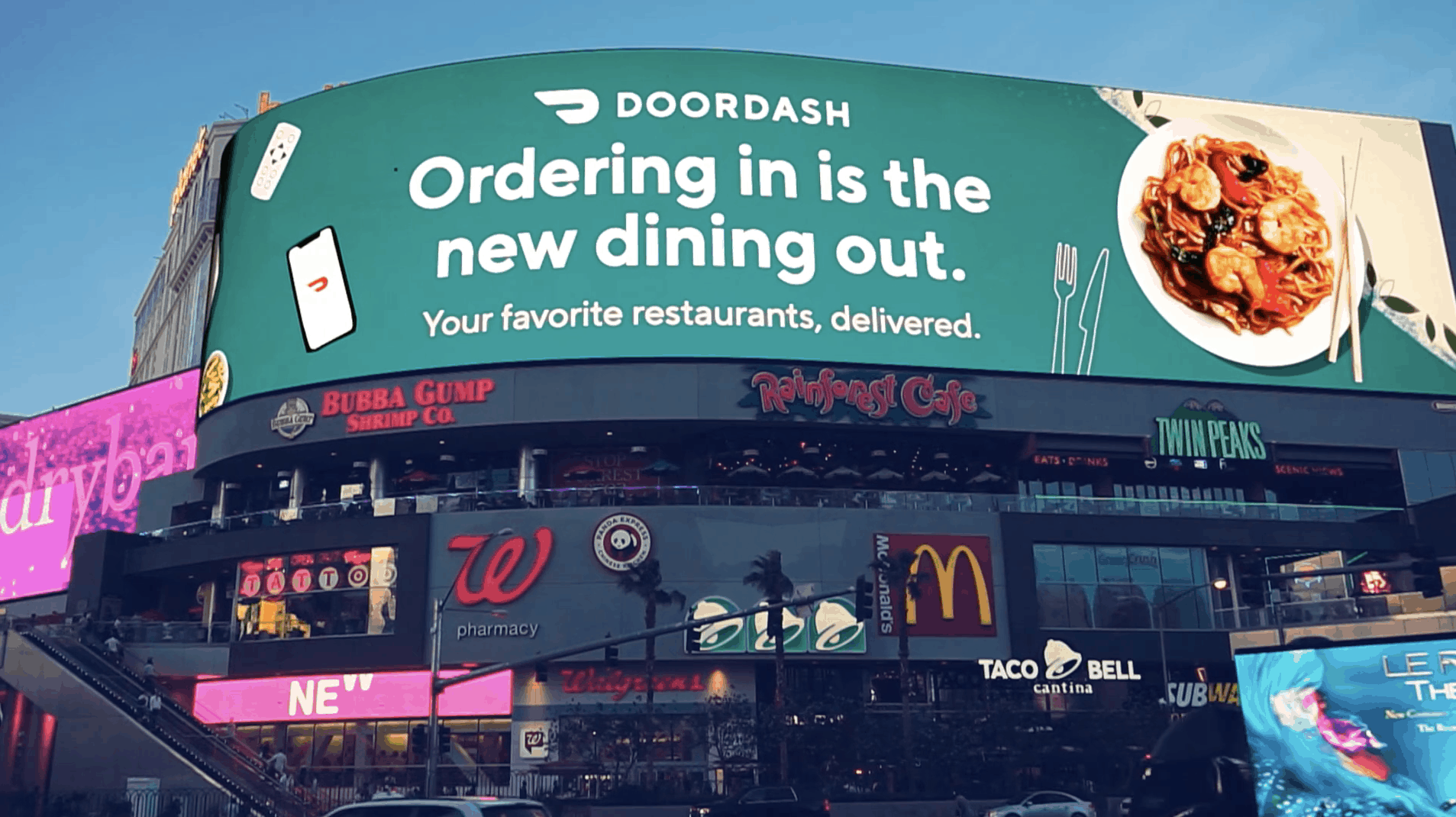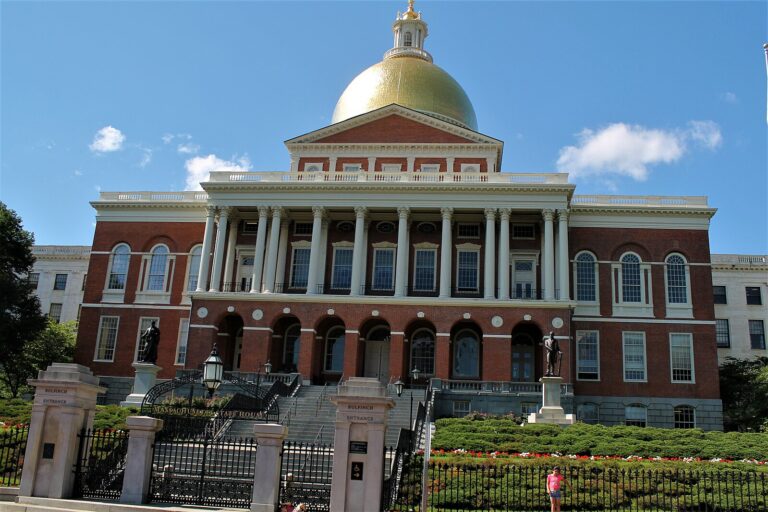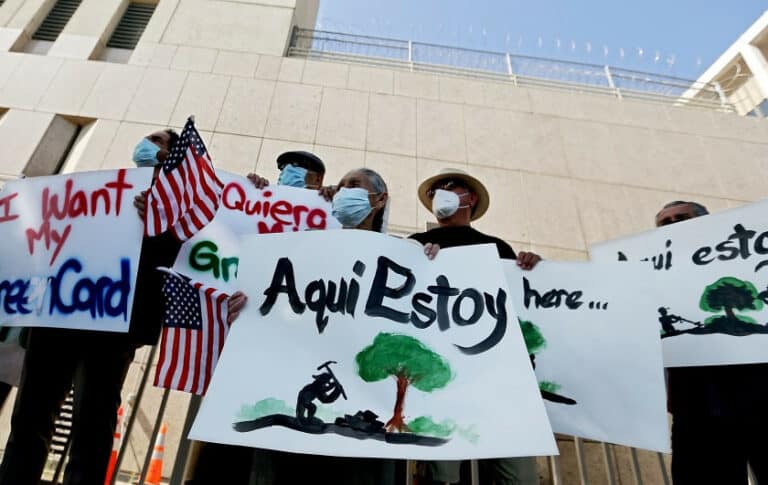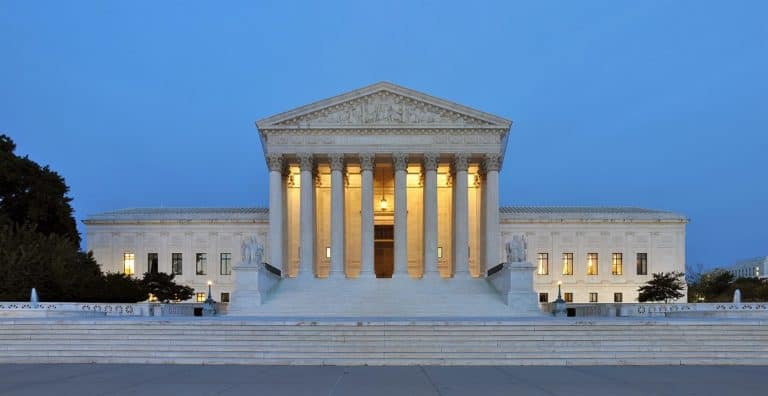
Greg Volynsky is a student at Harvard Law School.
In Today’s News & Commentary, thousands of Los Angeles hotel workers return to work, major food delivery services sue to enjoin enforcement of a New York City gig worker wage rule, and the Guardian reports on the resurgence of the United Farm Worker union.
On Wednesday, thousands of Los Angeles hotel workers returned to work after a three-day strike (which Jacqueline previously reported), but union leaders anticipate more strikes and walkouts. Unite Here Local 11, which represents 15,000 workers, authorized the strike last month. A deal with employers has not been reached.
On Thursday, Uber, DoorDash, Grubhub, and Relay, major food delivery services, filed a lawsuit against New York City in a bid to stop a new wage standard for gig workers from being implemented on July 12. The lawsuit argues the NYC Department of Consumer and Worker Protection exceeded its statutory authority in promulgating the new rule. The new minimum wage was announced by Mayor Eric Adams last month. This standard would increase the hourly rate to roughly $18 and further to $20 by 2025 from the current estimated $11, including tips and expenses (more than 25% less than the $15 state minimum wage). The companies argue that this increase in wages will lead to a rise in prices for consumers and could adversely impact local restaurants. They also contend that the new standard would force the companies to tightly regulate the time delivery workers spend online but not delivering.
The Guardian reports that United Farm Workers (UFW), a labor union that had declined in membership and influence over the years, has seen a resurgence as it successfully unionized 500 workers at five farms in New York state. This represents the union’s largest achievement in recent years and marks its first organizing efforts in the northeast, increasing the UFW’s membership by 8%. Since the NLRA exempts agricultural laborers, a four-year-old New York law—the Farm Laborers Fair Labor Practices Act—facilitated the unionization effort, preventing retaliation and requiring card-check recognition. The NYT reported in March that UFW has only 5,500 members in California, compared to 60,000 in the 1970s. The UFW aims to extend its success to other states, particularly California and Hawaii, which also have laws facilitating unionization among farmworkers.






Daily News & Commentary
Start your day with our roundup of the latest labor developments. See all
July 7
LA economy deals with fallout from ICE raids; a new appeal challenges the NCAA antitrust settlement; and the EPA places dissenting employees on leave.
July 6
Municipal workers in Philadelphia continue to strike; Zohran Mamdani collects union endorsements; UFCW grocery workers in California and Colorado reach tentative agreements.
July 4
The DOL scraps a Biden-era proposed rule to end subminimum wages for disabled workers; millions will lose access to Medicaid and SNAP due to new proof of work requirements; and states step up in the noncompete policy space.
July 3
California compromises with unions on housing; 11th Circuit rules against transgender teacher; Harvard removes hundreds from grad student union.
July 2
Block, Nanda, and Nayak argue that the NLRA is under attack, harming democracy; the EEOC files a motion to dismiss a lawsuit brought by former EEOC Commissioner Jocelyn Samuels; and SEIU Local 1000 strikes an agreement with the State of California to delay the state's return-to-office executive order for state workers.
July 1
In today’s news and commentary, the Department of Labor proposes to roll back minimum wage and overtime protections for home care workers, a federal judge dismissed a lawsuit by public defenders over a union’s Gaza statements, and Philadelphia’s largest municipal union is on strike for first time in nearly 40 years. On Monday, the U.S. […]